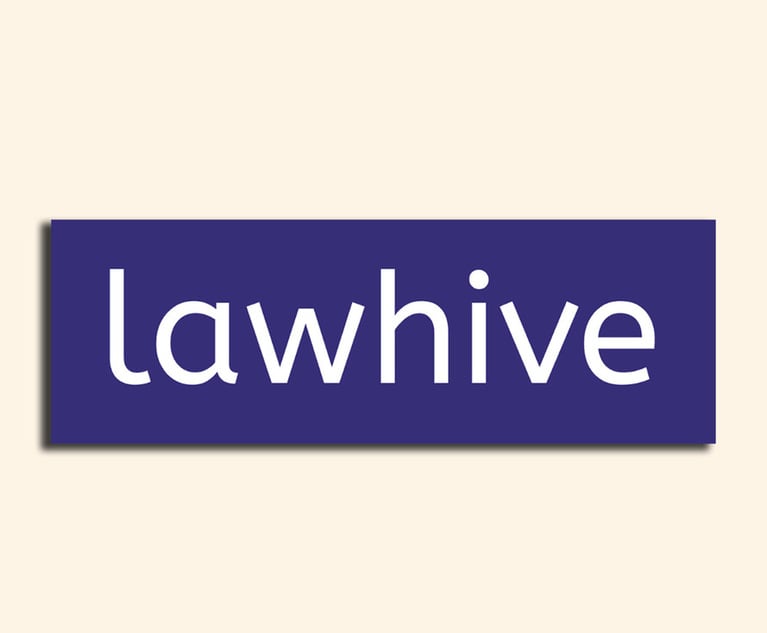In the digital age, it is too often the case that a technology’s benefits can be too good to be true. Algorithmic and artificial intelligence-based decision-making programs, for instance, can help schools better ensure academic success and help insurance companies set more accurate policy pricing. But its benefits come at a price, specifically, the steep challenge of trying to understand, limit, and govern the tool, and how it’s used.
At the “Algorithmic Malpractice & Lawfare” session of Legalweek 2020 in New York, a panel of legal and tech experts examined this paradox at the heart of today’s most cutting-edge innovations.

 Computer programming, often shortened to programming, is a process for original formulation of computing problems to executable computer programs such as analysis, development, algorithms and verification. Courtesy photo.
Computer programming, often shortened to programming, is a process for original formulation of computing problems to executable computer programs such as analysis, development, algorithms and verification. Courtesy photo.








